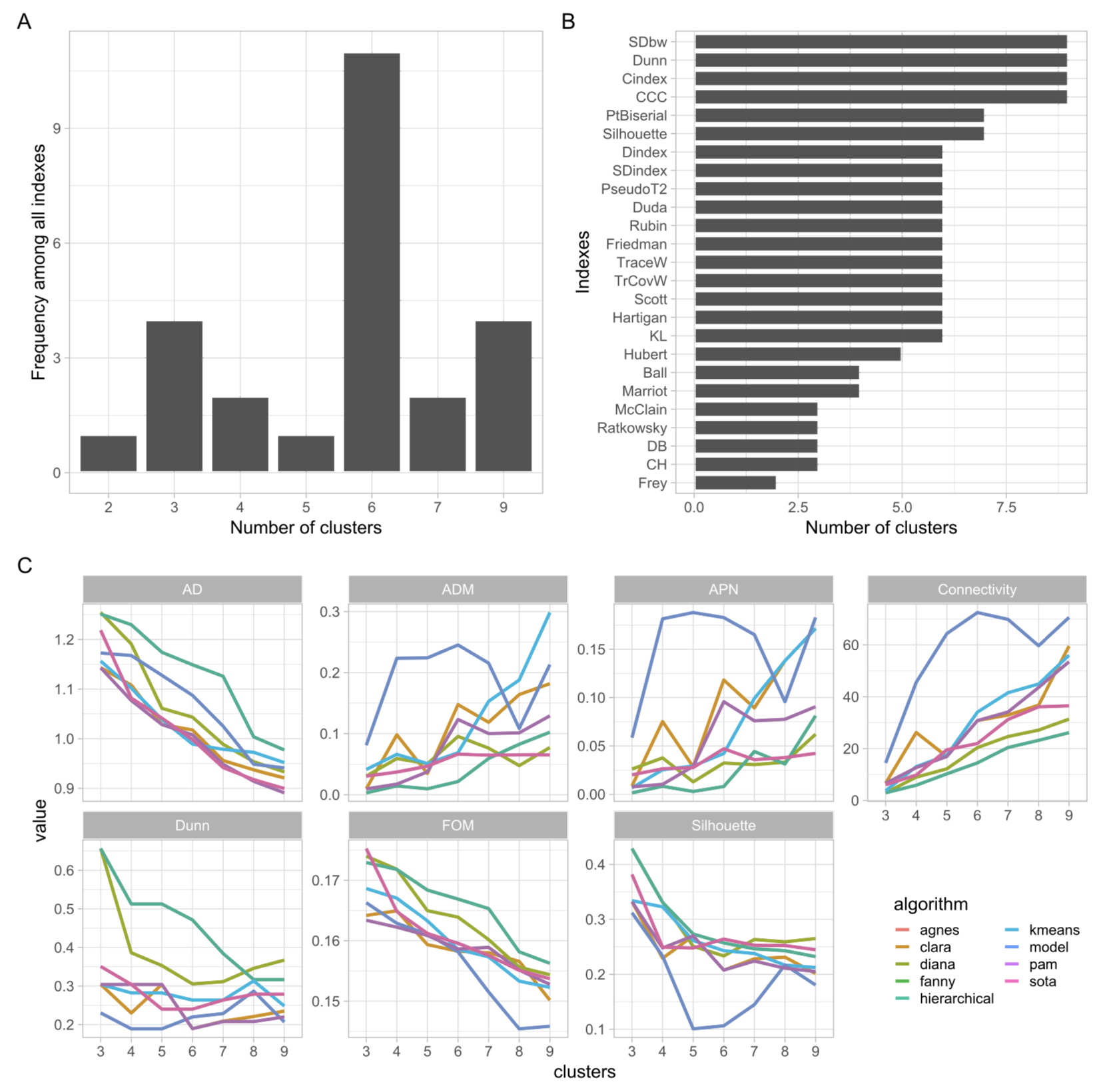# parameters
a <--8/3;b<--10;c<-28
# Initial conditions
yini <- c(X = 1, Y = 1, Z = 1)
## Lorenz function:
Lorenz <- function (t, y, parms) {
with(as.list(y), {
dX <- a * X + Y * Z
dY <- b * (Y - Z)
dZ <- -X * Y + c * Y - Z
list(c(dX, dY, dZ)) })
}Comparison: a key to archetype discovery



archetype | ˈɑːkɪtʌɪp |
noun
- a very typical example of a certain
person or thing: he was the archetype of the old-style football club
chairman.
- an original which has been imitated; a
prototype: an instrument which was the
archetype of the early flute.
Psychoanalysis (in Jungian theory) a primitive mental image inherited from the earliest human ancestors, and supposed to be present in the collective unconscious.
a recurrent symbol or motif in literature, art, or mythology: mythological archetypes of good and evil.
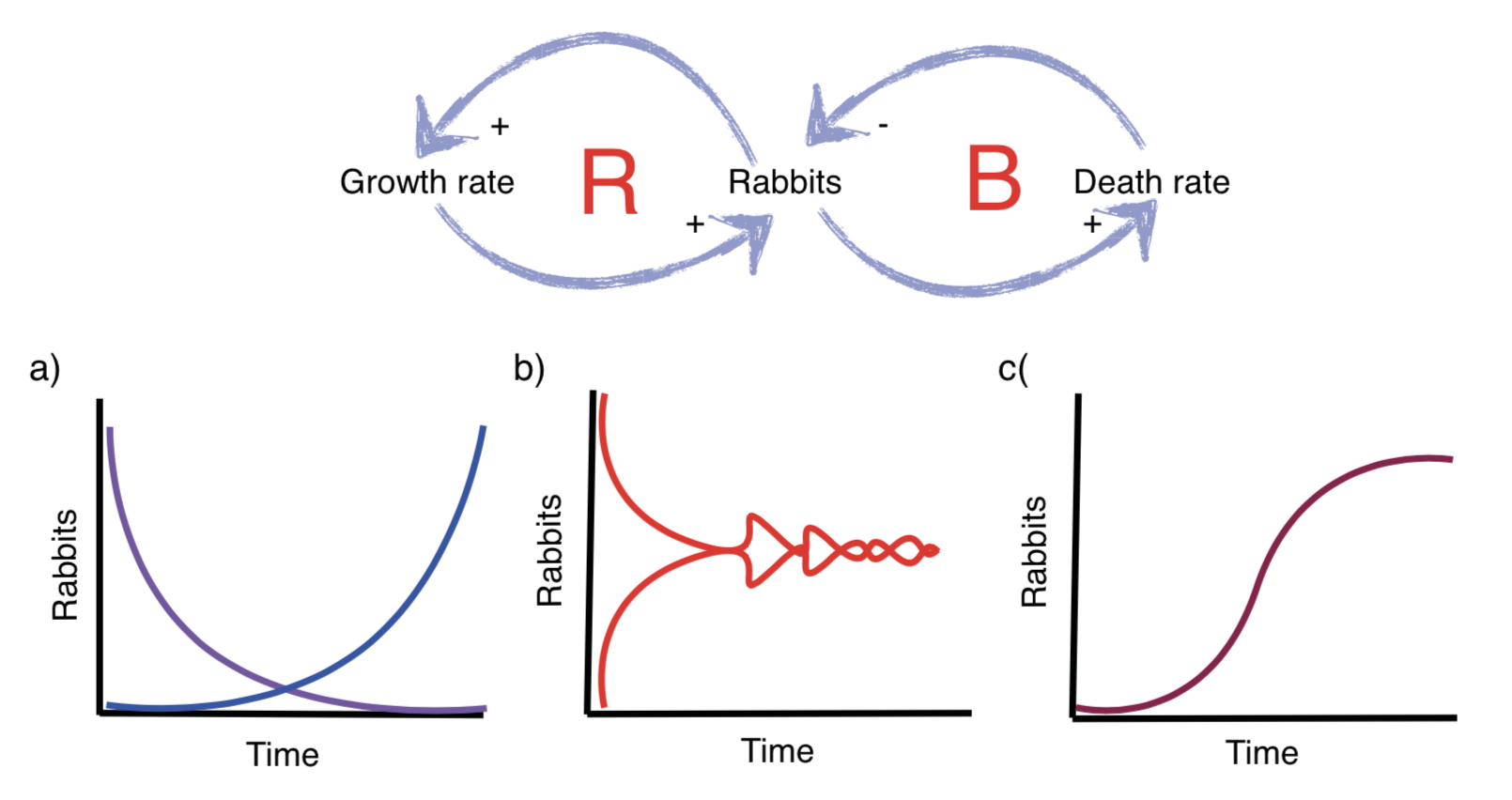
- Jay
Forrester proposed that generic structures in
system dynamics exist: “probably twenty basic structures would span
90% of the policy issues that most managers encounter” (Forrester,
1980).
- E.g canonical situation models (equations), abstracted micro-structures (stock and flows), counter intuitive system-archetypes (CLDs). Building blocks of more complex systems
- In 1960-70s: urban dynamics, World3 & The Club of Rome
- Limits to Growth; Senge, P (1990) Fifth Discipline; Meadows (2008) Systems thinking
Lane, DC. 1998. “Can We Have Confidence in Generic Structures?.” JPORS 49 (9): 936–47.
As equations
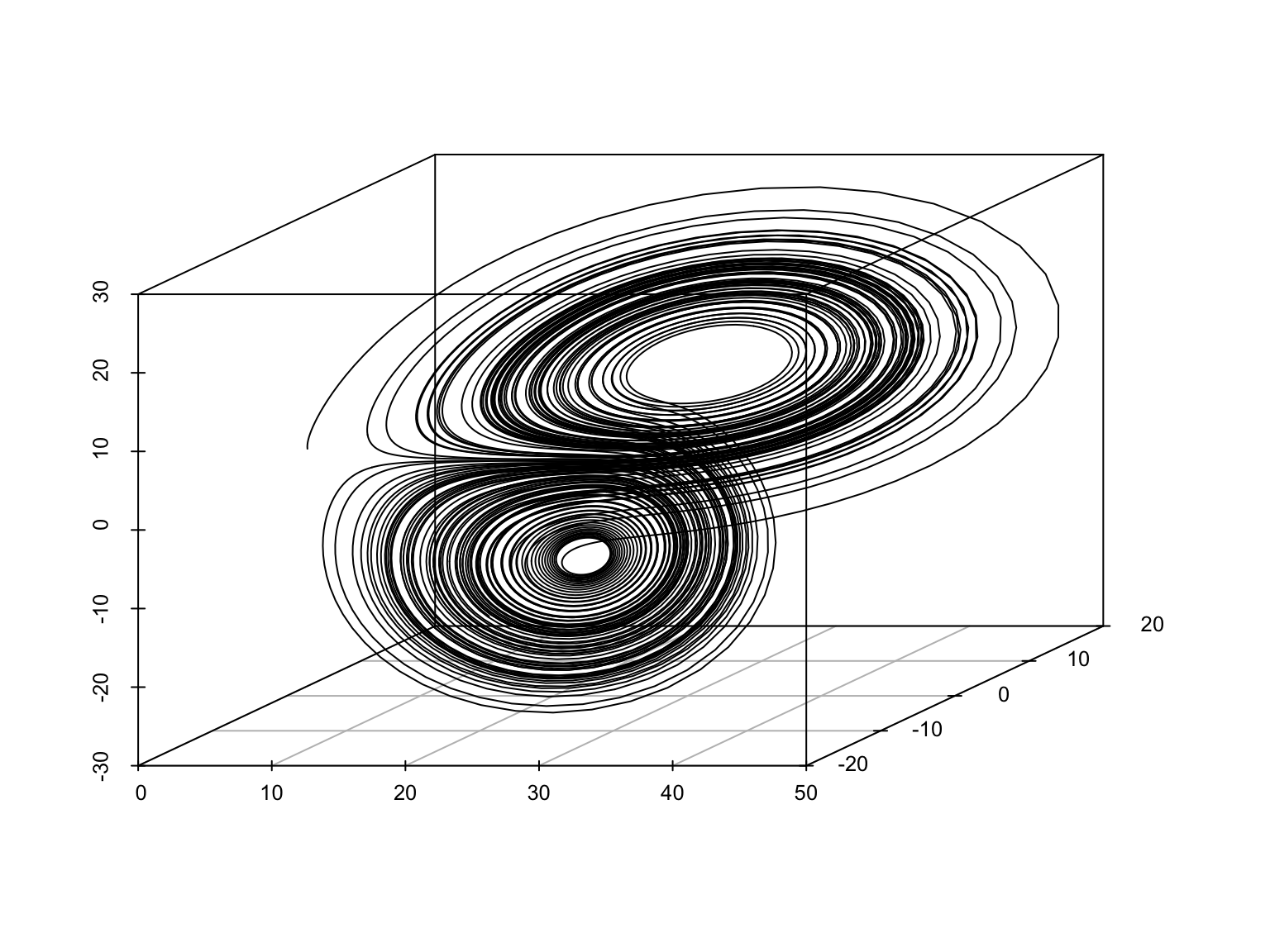
As diagrams
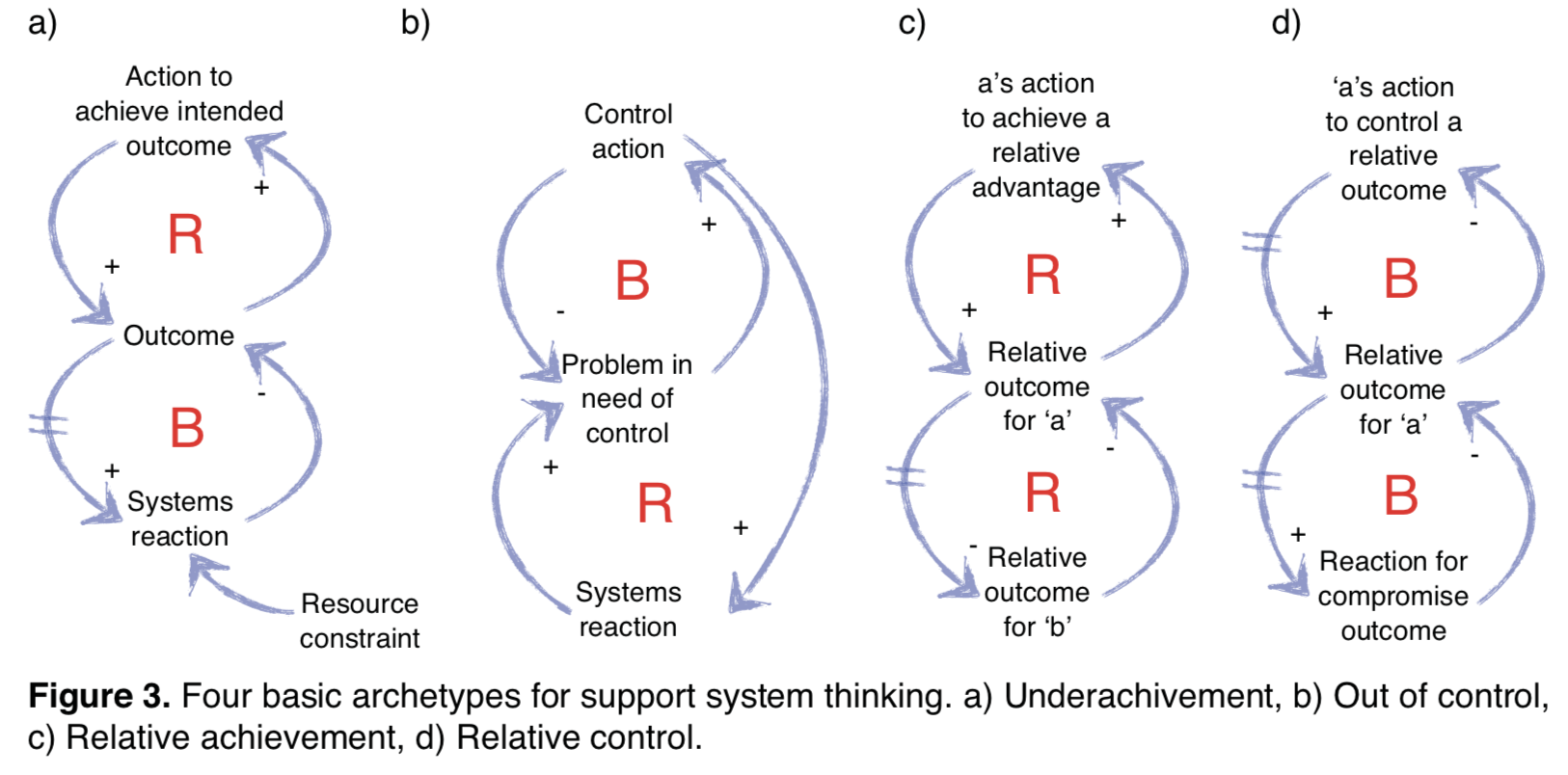
As diagrams
Limitations
- Obscure accumulation processes
- Delays
- Hard to infer dynamics
- Methaphorical thinking
- Good for communications
- Non-scientific
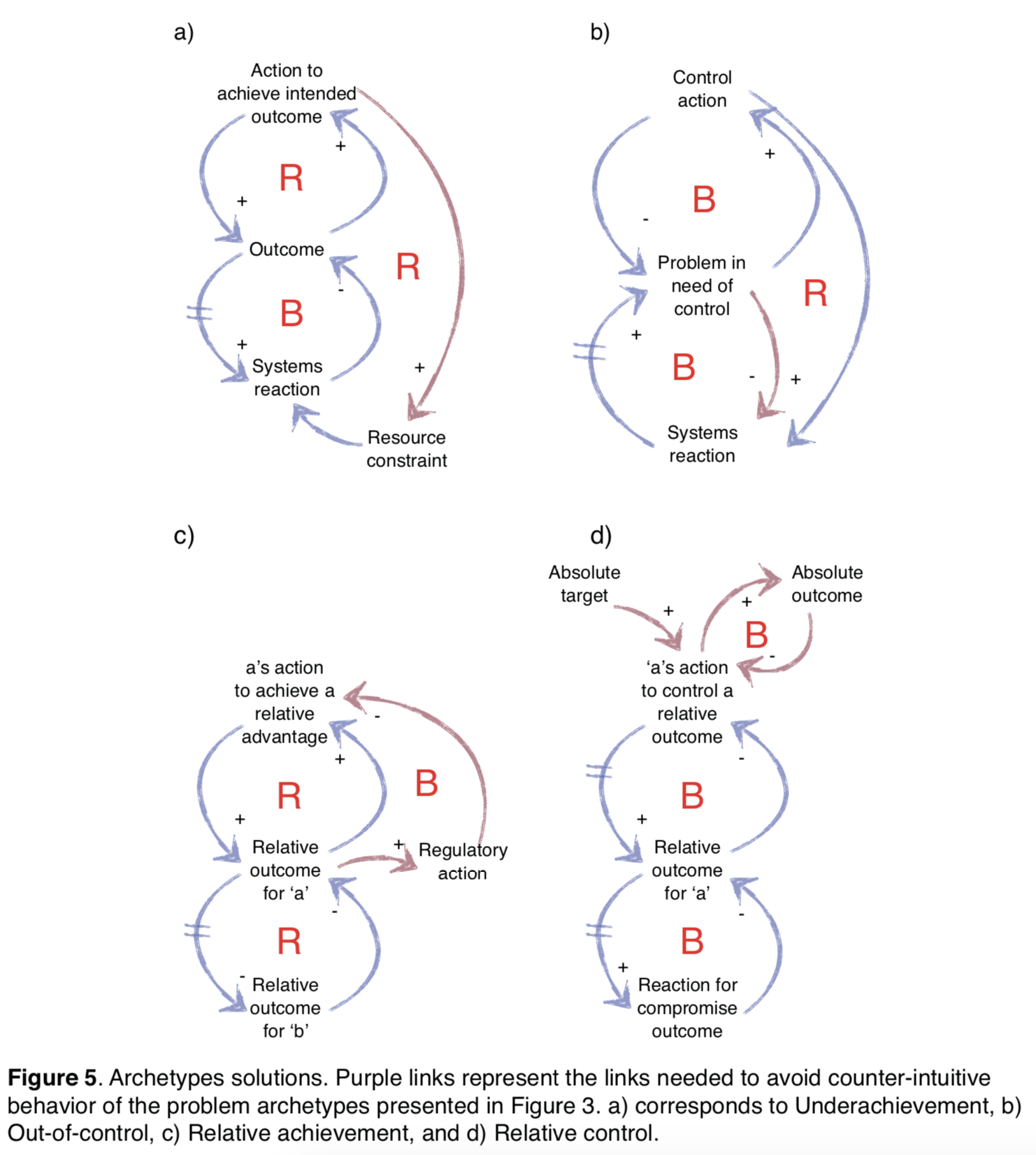
Lane,
DC. 1998. “Can We Have Confidence in Generic Structures?.” JPORS 49 (9):
936–47.
Wolstenholme,
EF. 2003. “Towards the Definition and Use of a Core Set of Archetypal
Structures in System Dynamics.”
Richardson, GP. 1986. “Problems
with Causal-Loop Diagrams.” System Dynamics Review 2 (2): 158–70.
two sides of the same coin
 “Islamic
sliver coin ‘Derham’” by
alazaat
is licensed under
CC
BY 2.0
“Islamic
sliver coin ‘Derham’” by
alazaat
is licensed under
CC
BY 2.0
From structures to patterns
Toward Understanding the Dynamics of Land Change in Latin America: Potential Utility of a Resilience Approach for Building Archetypes of Land-Systems Change
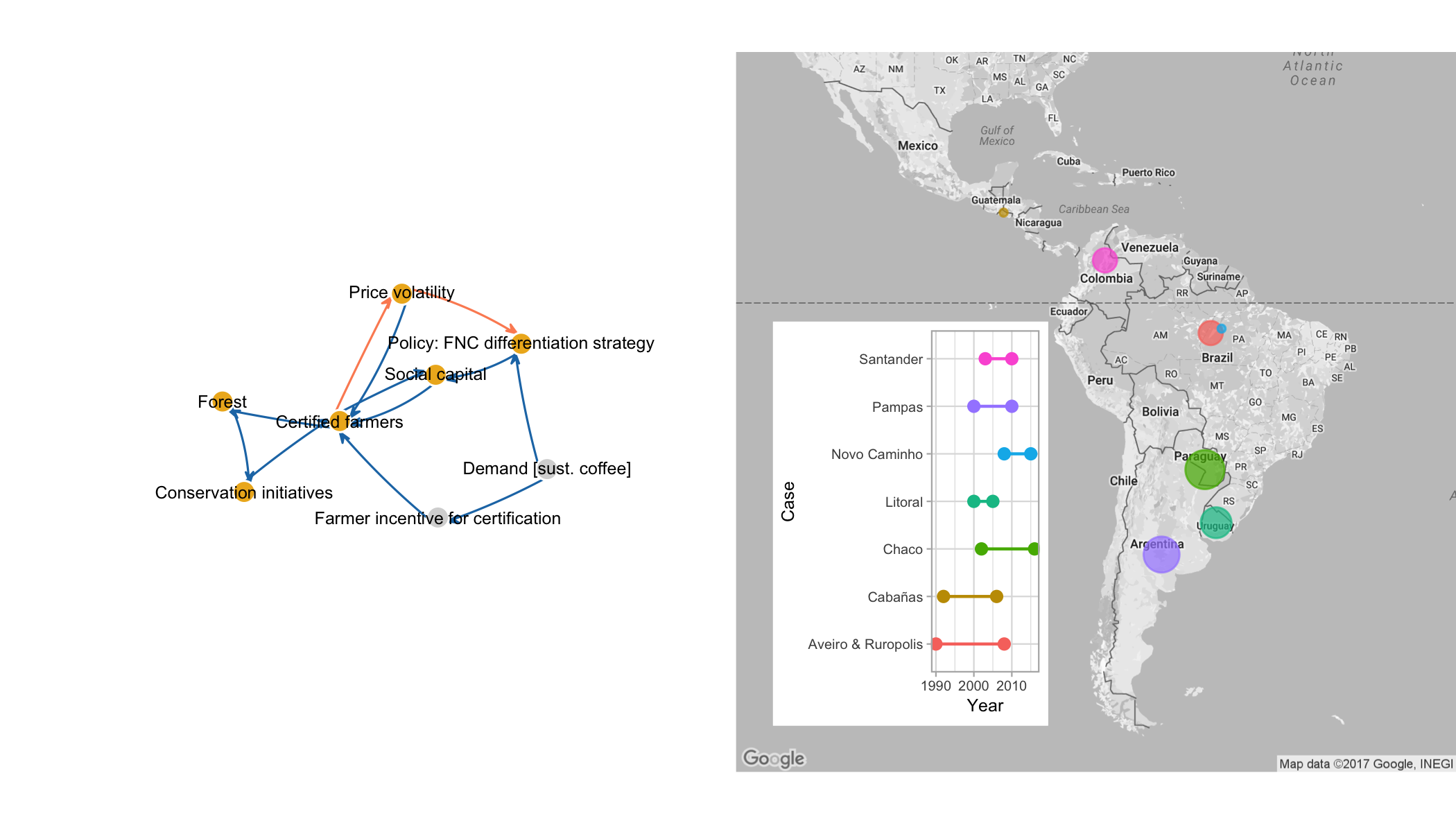
Rocha et
al. 2019. Ecology and Society
Biggs et
al. 2018. Ecology and Society
Structural equivalence
- Comparison: common drivers and causal pathways
- Deforestation, trade, tech, food demand, commodity prices
- Unintended consequences of policies
- Leakage effects
- Complement existing data-driven approaches
- Database?
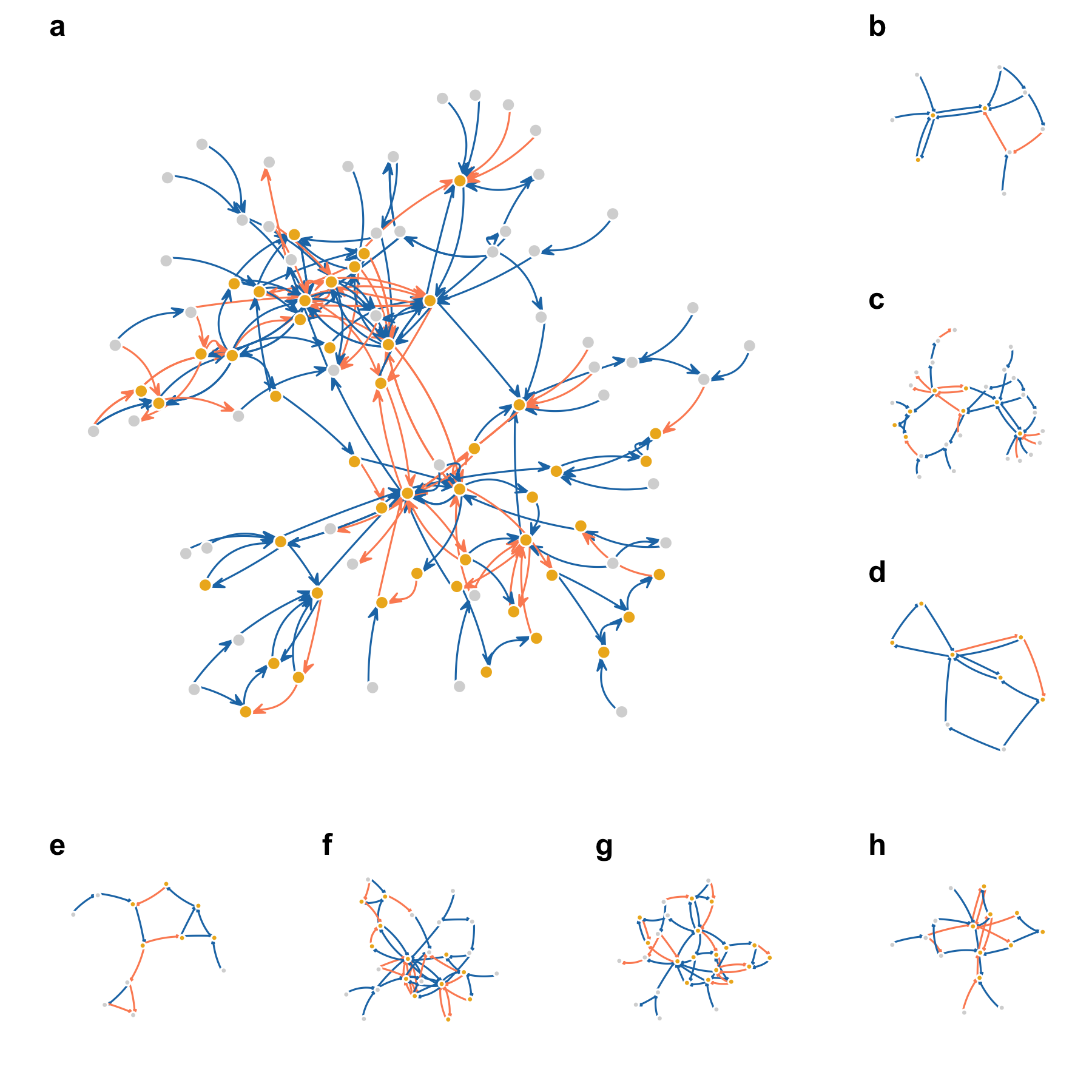
From patterns to structures
Mapping Social Ecological Systems Archetypes
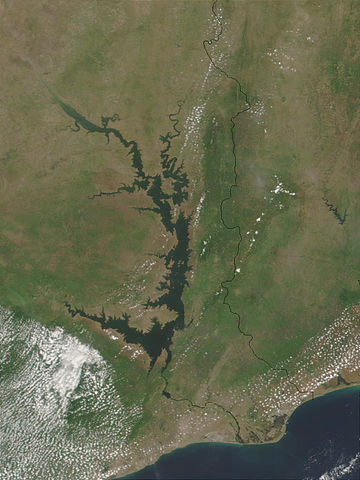
Volta river basin
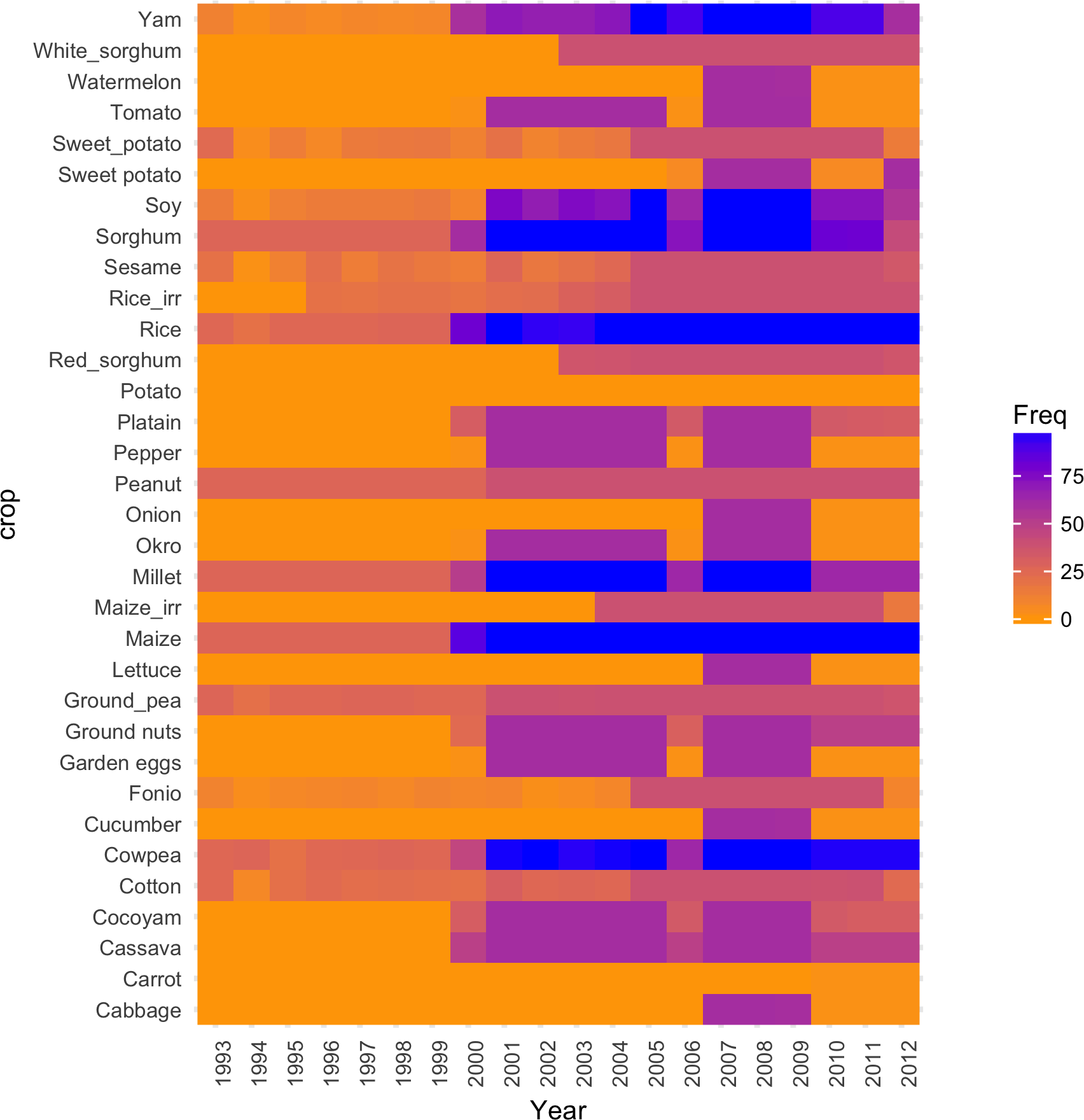
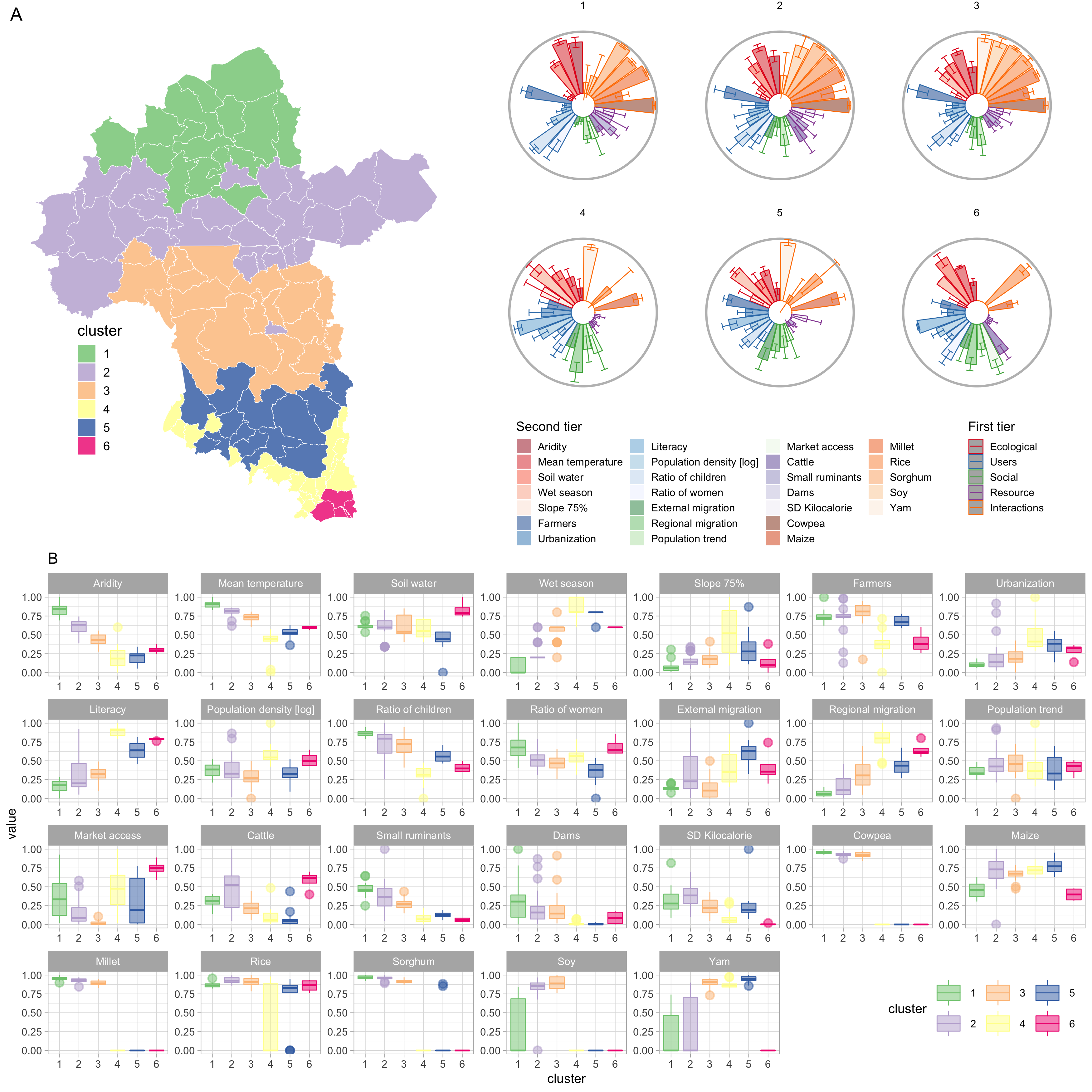
Clustering
- How many clusters?
- Comparison: what makes SES cluster?
- Where water reservoirs can have an impact?
- Scale is limited by data availability and quality
- Improves replication
Caveats and open problems
Structure to patterns
- From equations to qual diagrams:
- Semantic coherence
- Levels of aggregation
- Hidden assumptions
- Ground with data
Patterns to structure
- Best practices?
- Over fitting and error propagation (e.g. “scaling-out”)
- Descriptive but limited for causal inference
- Feedbacks and interactions
- Theory grounding
Conclusions
Leveraging comparison can enable archetype discovery
Comparing: causal structures | data driven patternsCausal structures can be compared with structural equivalence
Rocha, et al. 2019. Ecology and SocietyRecurrent patterns can be compared with clustering methods in space and time
Rocha, et al. 2020. Environmental Research LettersQCA | causal recipes: What makes Arctic communities resilient?
Rocha et al. 2022. Global Environmental ChangeBe aware of limitations
Ground your theory with empirical data…and ground your data analysis in theory
Tack | Gracias
Questions?
email: juan.rocha@su.se
twitter: @juanrocha
slides: juanrocha.se/presentations/archetypes
Stockholm Resilience
Centre
Subscribe to our newsletter at www.stockholmresilience.org/subscribe



